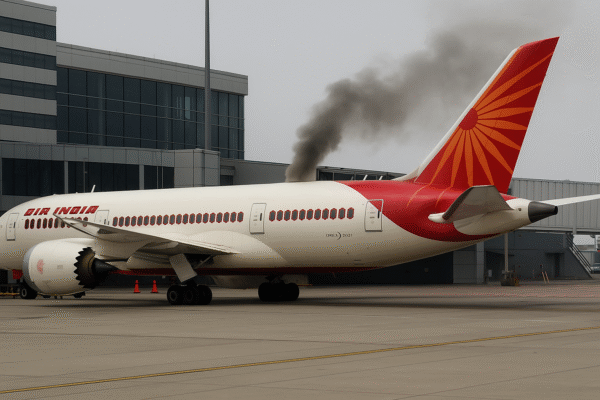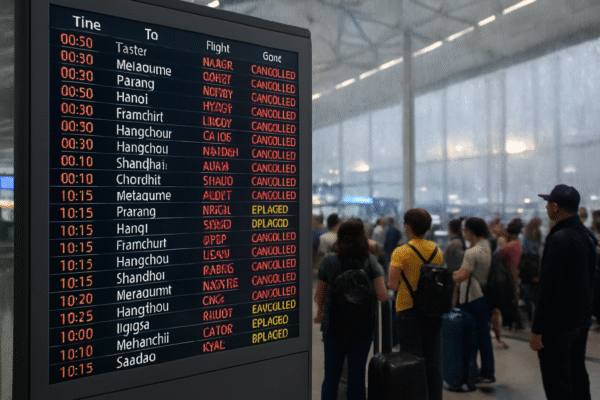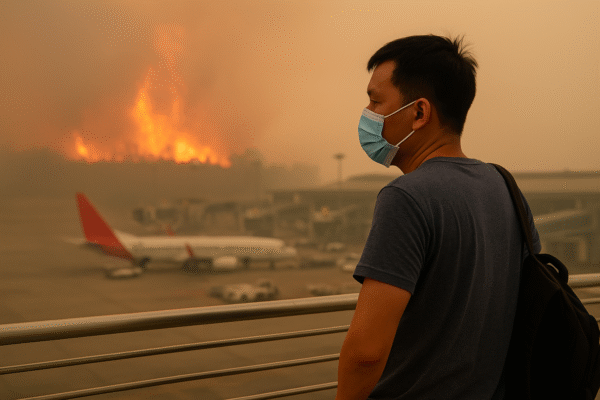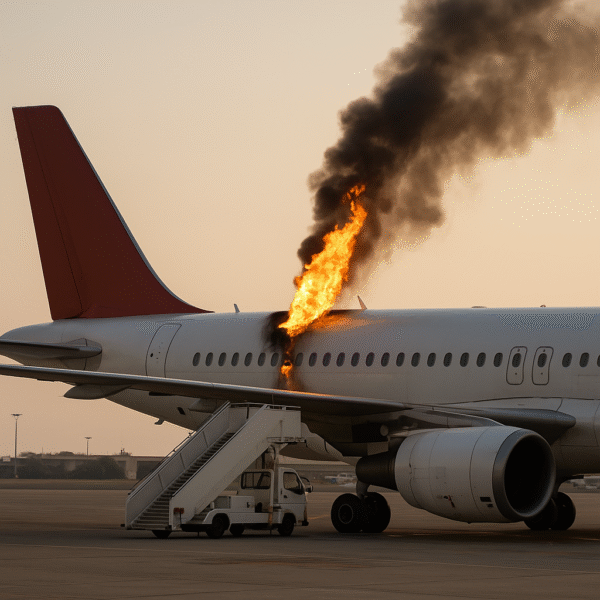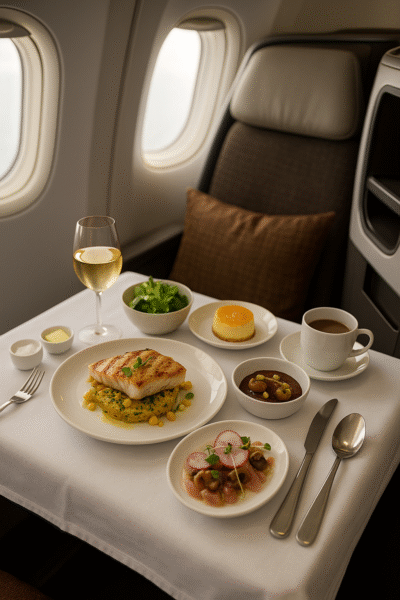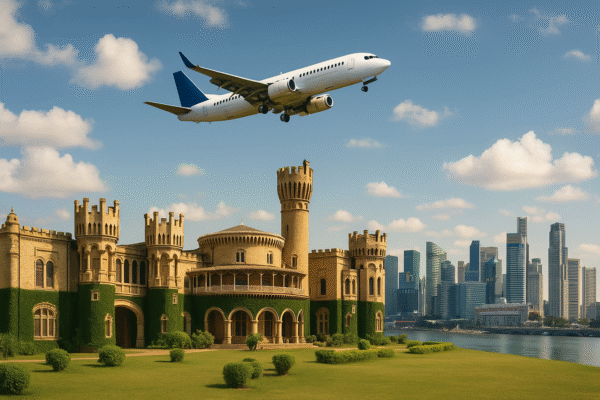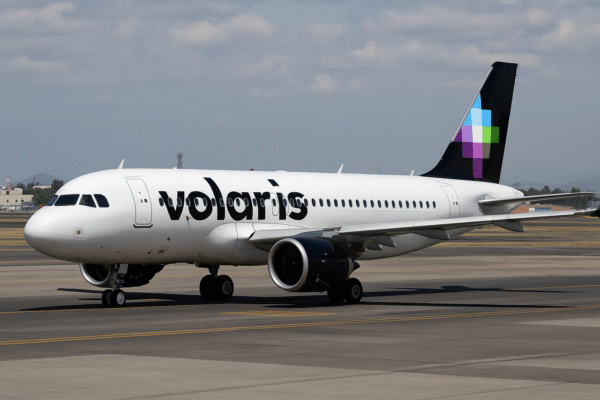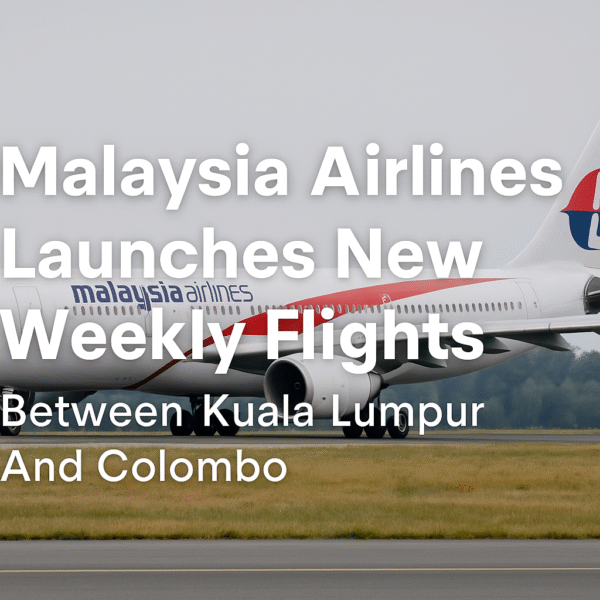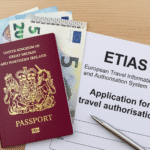Colombo, Sri Lanka / Kuala Lumpur, Malaysia – In a strategic move to deepen regional air connectivity, Malaysia Airlines has announced three new weekly wide-body flights between Kuala Lumpur and Colombo, Sri Lanka, beginning August 22, 2025. The enhanced route will operate every Tuesday, Friday, and Sunday, significantly improving travel flexibility for passengers while promoting bilateral tourism, business, and education exchanges.
The added services will be operated using the airline’s Airbus A330 aircraft, reinforcing Malaysia Airlines’ commitment to expanding its presence in South Asia. The airline’s decision aligns with a broader post-pandemic strategy to restore network capacity and respond to heightened demand for cross-border travel within Asia.
Comfortable Travel with Airbus A330
The newly added flights will deploy the Airbus A330, a wide-body aircraft known for its spacious seating and superior in-flight experience. The configuration includes 27 lie-flat Business Class seats and 261 Economy Class seats, offering premium comfort to a diverse range of travelers.
Business Class passengers will benefit from priority boarding, luxurious reclining seats, gourmet meal service, and dedicated check-in counters. Economy Class travelers can enjoy generous legroom, an upgraded entertainment system, and refreshed cabin interiors for long-haul comfort.
Strengthening Ties Between Malaysia and Sri Lanka
Malaysia Airlines’ decision to expand its Colombo service underscores the airline’s long-term commitment to deepening air connectivity between South and Southeast Asia. Sri Lanka has increasingly become a significant source market for inbound Malaysian tourism and a rising destination of interest for Malaysian travelers seeking cultural, religious, and ecological tourism.
Meanwhile, Colombo’s positioning as a key South Asian gateway complements Malaysia Airlines’ regional growth blueprint, which includes enhanced frequency across India, Bangladesh, and now Sri Lanka.
Boosting Bilateral Business and Education Travel
The new flights are expected to support the rising volume of corporate travel between Sri Lanka and Malaysia. Kuala Lumpur, a financial and logistics hub in ASEAN, attracts Sri Lankan entrepreneurs, importers, and regional executives. Similarly, Colombo’s commercial sector continues to attract Malaysian investment and trade interest.
In addition to business, the education sector stands to benefit significantly. Malaysia is home to several world-class universities—including University of Malaya, Taylor’s University, and Sunway University—that have become preferred destinations for Sri Lankan students pursuing higher education. The added flight options will make academic travel smoother and more convenient for students and their families.
Tourism Growth on Both Ends
Tourism between the two countries is experiencing renewed momentum. In 2024, Sri Lanka welcomed over 12,000 Malaysian tourists, while Malaysia recorded nearly 20,000 arrivals from Sri Lanka, according to the Sri Lanka Tourism Development Authority (SLTDA) and Malaysia Tourism Promotion Board.
With Sri Lanka’s post-pandemic recovery focused on beach tourism, cultural heritage, and eco-tourism, the additional connectivity could serve as a critical boost to international visitor arrivals. Malaysia’s tourism attractions—from island getaways like Langkawi to bustling urban life in Kuala Lumpur—also continue to appeal to Sri Lankan outbound tourists.
Malaysia Airlines’ enhanced Colombo route dovetails with efforts by both nations’ tourism boards to promote multi-sector exchanges and elevate two-way tourism growth.
Part of a Larger Regional Strategy
Malaysia Airlines’ expansion is part of a broader strategy to reclaim its status as a regional aviation leader post-COVID-19. The airline has steadily restored services to India, Nepal, and Bangladesh, while increasing frequencies to Thailand, Vietnam, and Indonesia.
According to the airline’s latest network strategy report, Colombo has been identified as a high-potential city pairing due to its geographical advantage, strong diaspora in Malaysia, and growing aviation infrastructure. Bandaranaike International Airport in Colombo is also undergoing modernization to accommodate increased traffic and larger aircraft types like the A330.
Positive Outlook Amid Recovery
Air passenger traffic between Sri Lanka and Southeast Asia has been rising steadily since 2023. According to the International Air Transport Association (IATA), routes within the South Asia–ASEAN corridor recorded double-digit year-on-year growth in Q2 2025, driven by tourism and student mobility.
Malaysia Airlines’ Colombo expansion is seen as a timely response to these trends and a show of confidence in the long-term strength of regional air travel. The airline has pledged to continue evaluating opportunities to scale services on high-demand routes and invest in route development that promotes mutual economic benefit.
Looking Ahead: Beyond Point-to-Point Travel
The additional flights will also enhance Malaysia Airlines’ broader hub strategy via Kuala Lumpur International Airport (KLIA), a vital transit point connecting South Asia with Australia, East Asia, and the Middle East.
Passengers from Colombo will be able to connect onward to cities like Sydney, Tokyo, Dubai, and Seoul—further boosting Malaysia Airlines’ value proposition for transit passengers seeking one-stop solutions between continents.
Conclusion
As Sri Lanka joins Malaysia in strengthening regional aviation ties, the addition of three weekly wide-body flights between Colombo and Kuala Lumpur marks a significant milestone in South Asia–Southeast Asia travel. With increased passenger comfort, better connectivity, and opportunities for business, education, and tourism, the expanded route reflects Malaysia Airlines’ long-term vision to be the carrier of choice across key Asian markets.
Whether for leisure, business, or academics, travelers can now look forward to greater flexibility and convenience as Malaysia Airlines bridges Sri Lanka and Malaysia with stronger, more frequent service beginning August 22, 2025.
For more travel news like this, keep reading Global Travel Wire




